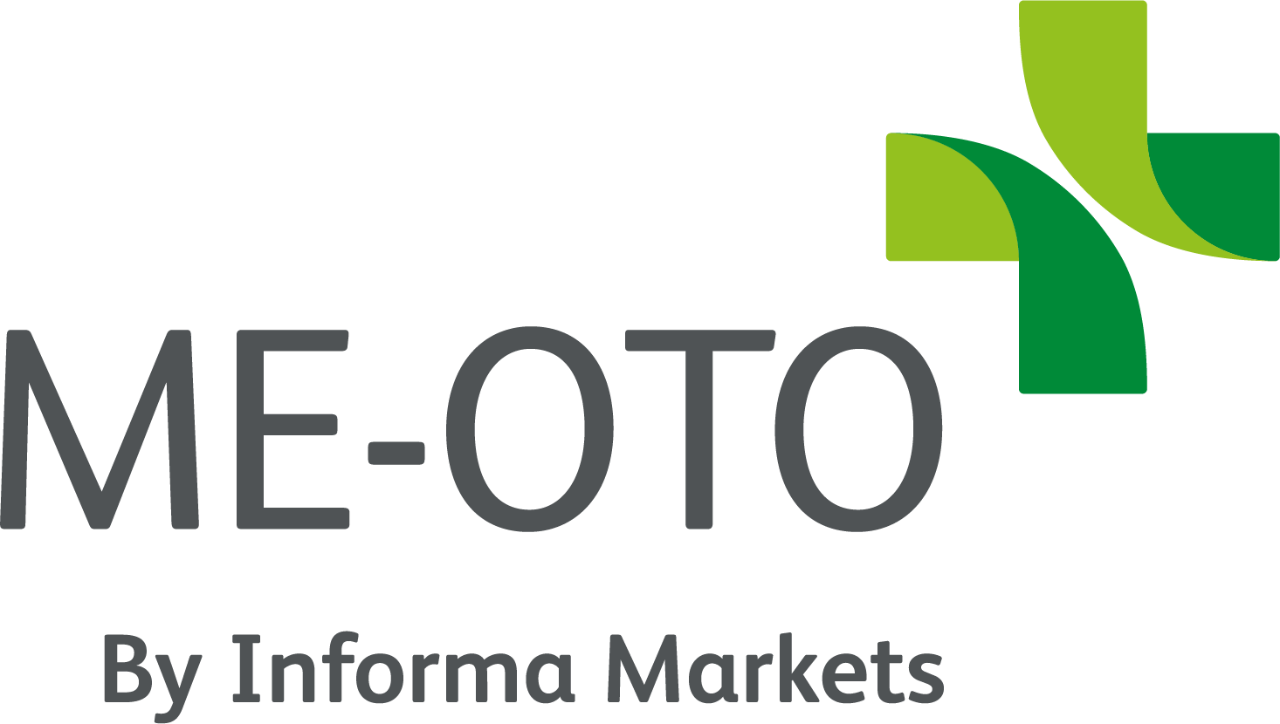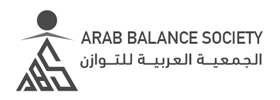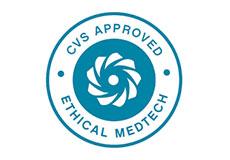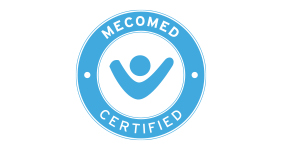Newer trends in the surgical management of Meniere's disease
By Dr. Sarafudeen Karlath, Chief Consultant ENT & Cochlear Implant Surgeon, Ascent ENT Hospital, Kerala, India
Vertigo is one of the commonest disabling symptoms for most patients. It is defined as a subjective sense of imbalance. The common causes of vertigo in otology include BPPV, Meniere's disease, Vestibular neuronitis, Labyrinthitis and Migrainous vertigo.
Meniere's disease is characterised by intermittent episodes of vertigo lasting for minutes to hours with fluctuating sensorineural hearing loss, ringing sensation of ear (tinnitus) and aural fullness. It was named after Prosper Meniere who first proposed that vertigo resulted from inner ear pathology. Various treatment modalities are available for Meniere’s disease including medical and surgical management.
Medical management includes diuretics, vasodilators, dietary restrictions, intratympanic gentamicin therapy, intratympanic corticosteroid therapy and meniett device.
Advantages of intratympanic gentamicin therapy are that it can be done as an office procedure, with no mental or physical trauma associated with hospital stay, morbidity and cost but with a risk of sensorineural hearing loss in 0-38.7 per cent of cases.
Surgical management depends on the hearing status of the patient. In patients with serviceable hearing, the options are endolymphatic sac decompression and (vestibular neurotomy) selective vestibular nerve section (VNS). In patients with non-serviceable hearing, the surgery of choice is transmastoid labyrinthectomy. The surgical aim is to provide a best treatment choice for incapacitating vertigo with hearing preservation.
Minimally invasive retro sigmoid approach (MIRA) was first described by J.Magnan and his teachers Bremond and Garcin in 1974. It includes a small curved incision, small (2cm) craniotomy behind the sigmoid sinus, without retraction of cerebellum. It is less invasive with fast postoperative recovery and is technically feasible for surgeons after cadaver dissection training. It is also known as keyhole surgery. Combination of both microscopic and endoscopic techniques helps to provide a wide angle of illumination and panoramic view of neurovascular structures in the cerebellopontine angle.
Indications of Vestibular Neurotomy in Meniere’s disease
- Vestibular neurotomy for disabling refractory Meniere disease with repeated dizziness attacks.
- Unresponsive to maximal medical treatment or having persistent vertigo after failed endolymphatic sac decompression or intratympanic gentamicin therapy.
Vestibular neurotomy when compared to endolymphatic sac decompression and intratympanic gentamicin therapy has been proved as a best option in complete relief of vertigo and hearing preservation.
Pathophysiological basis for Neurotomy
Vestibular neurotomy results in total loss of afferent input from the offending vestibular pathway, leading to stabilisation of inner ear function with remarkable plasticity of central vestibular system, which is composed of brainstem and cerebellum. Vestibular compensation is defined as a complex process involving multiple sensory mechanism leading to restoration of posture and equilibrium after asymmetries in peripheral vestibular afferent activity.
Surgical technique
- A 2cm circular small craniotomy is made behind the sigmoid sinus (retrosigmoid) and dura is opened.
- Cerebellum is allowed to retract spontaneously by hyperventilation and draining CSF by opening of cistern magna.
- Cerebellar surface is protected with a cottonoid to avoid injury and to attain adequate space to operate.
- Arachnoid surrounding the acousticofacial nerve bundle is dissected and completely exposing VII-VIII complex from its origin of entrance up to porus.
- Identification of intervestibulocochlear cleavage plane in its cisternal course to porus is marked by a small blood vessel running in this cleavage plane.
- Vestibular nerve lies more superior and closer to trigeminal nerve.
- Cochlear nerve lies inferior and close to lower cranial nerves.
- Facial nerve lies closer to vestibulocochlear nerve along its cisternal course in the anterosuperior quadrant at porus.
- A small dissector is inserted into the intervestibulocochlear cleavage plane and vestibular nerve is isolated from cochlear nerve.
- Vestibular neurotomy is performed using microscissors.
- Nervous intermedius is an important surgical landmark suggesting complete vestibular neurotomy as it is located at the junction of vestibular and facial nerve.
- Dura and soft tissue are closed in layers.
Postoperative period
Patient can return to ward on the same day and usually hospital stay is for five days, if surgery and post-operative period is uneventful. Vestibular suppressants are started during the initial days to avoid severe vertigo till the central vestibular compensation occurs. Patient is encouraged for early mobilisation and vestibular rehabilitation exercises to initiate vestibular compensation.
Advantages
MIRA provides complete permanent relief from vertigo in 95 per cent of cases with good hearing preservation. Vestibular compensation begins around 4-8 weeks and the patient is able to resume work. Tinnitus is found initially reduced and in majority of patient’s tinnitus remains unchanged. Small group of patients get complete relief from tinnitus. As this is a hearing preservation surgery, hearing remains unchanged in majority and a very small group of patients showed hearing improvement.
Studies by Prof Jacques Magnan also show that VNS prevents progression of Meniere's disease and also prevents progression of bilaterality of disease. Since it is a neurotological procedure, a team work of otologist, neurosurgeon and anaesthesiologist is required.
Complications
The complications include CSF leak, bleeding, meningitis, wound infection, headache and recurrence of symptoms. CSF leak can be prevented by meticulous closure of wound and obliteration of all the opened mastoid air cells during the surgery.
Conclusion
Vestibular neurotomy via MIRA is a safe and effective surgical option for control of vertigo and hearing preservation in case of intractable refractory Meniere's disease with low rate of morbidity and complications than conventional suboccipital approach.
BOX
Dr. Karlath discussed ‘Congenital middle ear anomalies: A challenge to the Otologist’, on April 27 as part of the Otology conference, at the ME OTO Exhibition and Conference 2019.






















